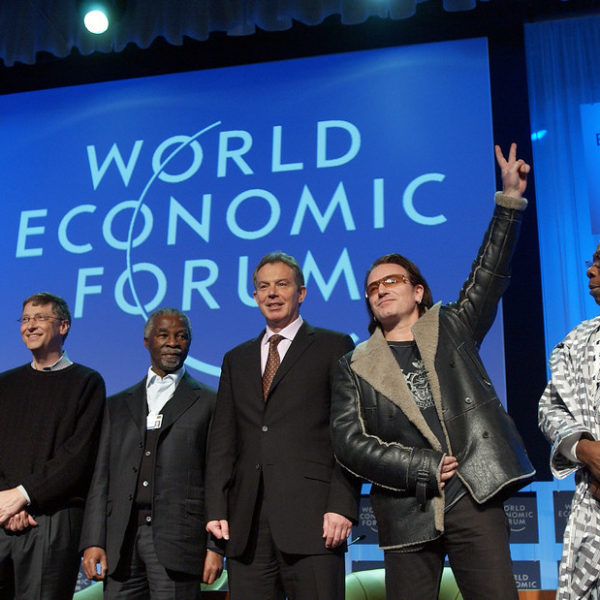Toblerone Through the Ages: A New Era for an Iconic Brand
Since its inception in 1908 by Theodor Tobler, Toblerone has captivated the world with its unique Swiss chocolate and recognizable packaging, featuring the majestic silhouette of the Matterhorn. However, Toblerone’s story is taking a new turn today, marked by the relocation of its production to Slovakia and the forced change of its iconic emblem. This evolution, dictated by the constraints of globalization and the requirements of Swiss legislation, raises crucial questions about the brand’s identity.
The Epic Journey of Toblerone
Founded by Theodor Tobler in 1908, Toblerone was born from one man’s passion for quality chocolate. Its distinctive triangular packaging, inspired by the shape of the Matterhorn, quickly made Toblerone an iconic Swiss symbol.
Named after its inventor Tobler and the Italian word « torrone » for honey and almond nougat, the triangular shape, inspired by the Matterhorn, is more of a legend. However, since 1970, the iconic peak has adorned the brand’s packaging, emphasizing its Swiss identity. In 1985, production shifted from the Länggasse district in the city of Bern to the current factory located west of the federal capital.
The iconic Toblerone logo harbors a subtle detail that connects Swiss chocolate to its Bernese roots. A keen observation reveals the presence of a hidden bear within the contours of the Matterhorn, the mountain at the heart of the design. This subtle inclusion is not without significance, paying homage to the city of Bern, where Toblerone originated. The bear is an iconic symbol of Bern, and its discreet presence in the logo proudly recalls the origins of this delicious Swiss chocolate.
In 1990, the brand was acquired by the American giant Kraft Foods, before becoming an integral part of Mondelez International after Kraft’s split in 2012.
Challenges of Globalization
With the evolving global economic landscape, Mondelez International decided to relocate Toblerone’s production to Slovakia. This strategic choice imposed a visual transformation on the brand, compelling Toblerone to abandon its iconic Matterhorn image on its packaging. Globalization, while offering economic benefits, sometimes demands visual sacrifices to adapt to the new realities of global production.

New logo of Toblerone without Matterhorn
Constraints of « Swissness »
The challenge for Toblerone extends beyond relocation to the strict rules of Swiss legislation regarding « Made in Switzerland » labeling. « Swissness » imposes high standards, requiring products bearing this label to contain at least 80% local ingredients, and 100% for those including milk. Restrictions on using the flag and other elements of Swiss heritage add a complex dimension to Toblerone’s image transformation.
Toblerones as Anti-Tank Barriers
Beyond its journey in the chocolate realm, Toblerone has also left a mark on fortification history. During World War II, Toblerones became anti-tank barriers constructed along the borders. Locals nicknamed them « Toblerones » due to their resemblance to the eponymous Swiss chocolate. These anti-tank lines were erected in border regions as the German threat invaded France and approached Switzerland. Some of these Toblerones are still visible in L’Abbaye, bearing witness to an unexpected connection between the iconic brand and a chapter in military history.
A New Era for Toblerone
As Toblerone enters this new era, it faces the delicate balance of respecting its Swiss heritage and meeting the demands of globalized production. Toblerone’s history, marked by innovation and adaptation, is now writing a new chapter. Consumers worldwide watch with interest as this transition unfolds, wondering if Toblerone will manage to preserve its unique charm and maintain its appeal in the chocolate world, despite the absence of the famous Matterhorn from its packaging.
Source : Pinterest








































